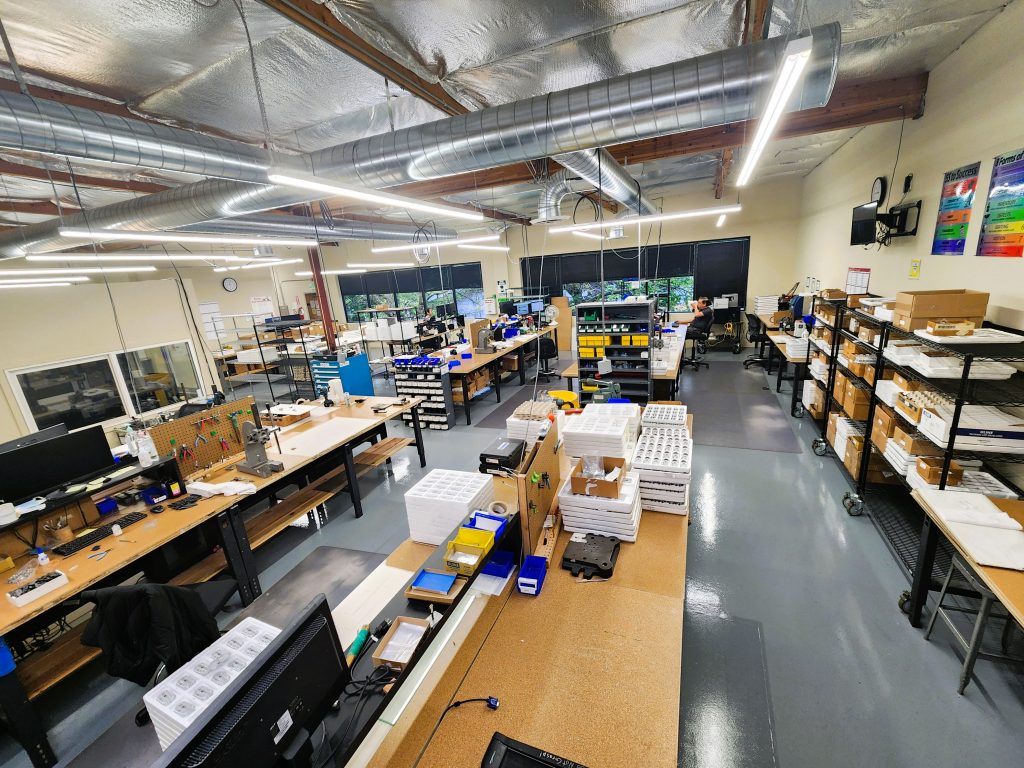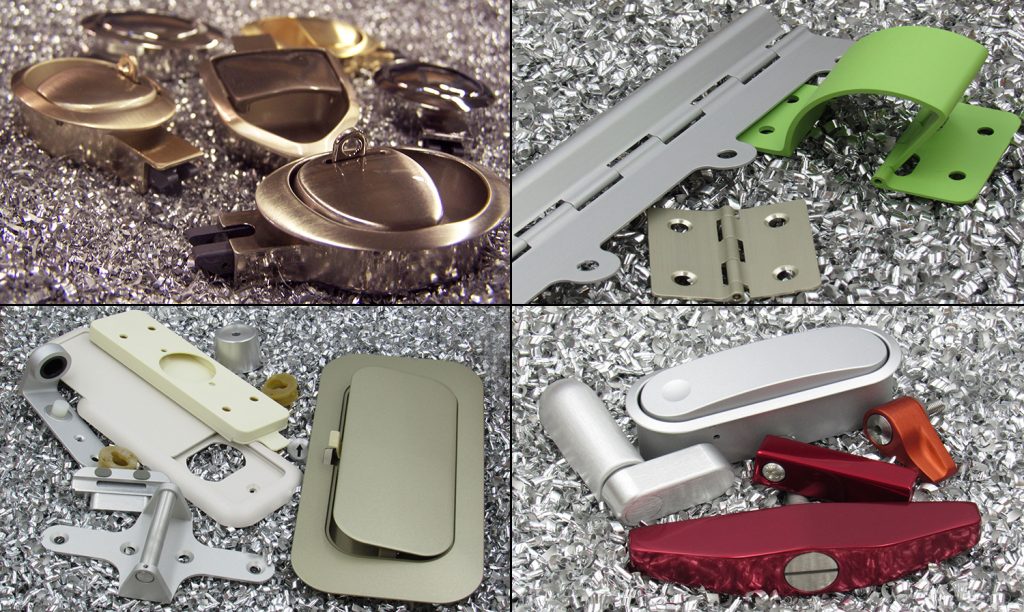By Joanna Boatwright — International Trade Specialist, WA State Dept of Commerce
It was 1959, and planning for the Seattle World’s Fair was well underway. From his basement, Weldon Andrews punched out mechanical materials, such as latches and hinges, serving as a supplier for the Boeing Company. Along with co-founder, James Matuska, the pair felt it fitting to name their company Sealth, in honor of Chief Sealth from the Duwamish tribe.
Just like the first Boeing 707 airplanes, Sealth’s business took off. Before the groundbreaking of the Space Needle, the company’s production grew large enough to open a light manufacturing facility in Seattle’s Queen Anne district. Business was good, making it easy to thrive with customers inside the Pacific Northwest.
In 1989 Sealth expanded to a larger facility in Mill Creek, Washington. At that time, Rich Olson was a scholar athlete who planned to become an accountant. “But those plans changed,” he said, “Right after I got injured playing basketball.”

It was going to be a touch-and-go:
Rich needed to come up with a new plan and wondered what was next. “My cousin worked for Sealth and suggested I apply for a job. It was only supposed to be temporary.” His experience is a reminder of the notion that if we’re open to it, serendipity happens during times of great change, most often when we least expect it.
Rich joined the company as an assembler. His career at the company grew and over time; Sealth also grew its customer base overseas. For decades, Sealth focused primarily on domestic business, producing mechanical devices for aircraft and, later, marine vessels. In the mid-1990’s, they hired an outside salesperson to build their international market. “But by the mid-2010’s, we pulled back again to focus on domestic sales,” he recalled.
By the time COVID-19 spread worldwide, Rich was an expert at seeing opportunity in shifting circumstances. And he helped lead Sealth as they changed plans again. “The pandemic led to production challenges at Boeing, and we wanted to regain an international foothold,” he explained.
“This time, we wanted to grow our international business from within the company.”
Why am I seeing the WA State emblem in Germany?
By now, Rich served as Sealth’s CEO. As part of the process to expand, in 2023, he attended the Aircraft Interiors Exhibition (AIX). Held every year at Hamburg Messe in Germany, it’s the world’s leading showcase for cabin interior products. He walked the show floor as a spectator to gauge how the aerospace industry was bouncing back with participation in trade shows.
“While I was walking the floor, I turned a corner and wondered, ‘Why is there a Washington State emblem in my face?'” he laughed. “Then I ran into a lot of competitors and suppliers.”
These AIX delegates were part of the Choose Washington State Exhibit. They joined forces with other Washington industry companies and with the Office of Economic Development and Competitiveness (OEDC) at the Washington State Department of Commerce. Together, they formed the Washington State Pavilion. In 2012, Washington State began co-exhibiting with delegate companies at trade shows, like AIX.
Along with familiarizing himself with the Choose Washington State trade show program, it was also his first introduction to the State Trade Expansion Program, called STEP. The STEP Export Vouchers are cash reimbursements for small businesses to help offset expenses of expanding international sales. Eligible reimbursement awards include expenses for trade show and trade mission fees, airfare, interpreter and translation services, export training and more. Qualifying companies must meet and adhere to a few program criteria and complete an online application.
Today, Washington State represents the largest aerospace cluster in the United States, with manufacturers, materials suppliers, and consultants representing an array of specialties in the aerospace industry. Exhibiting as part of the Washington State Pavilion at industry trade shows underscores the philosophy that there is strength in numbers.
Companies can qualify for three STEP vouchers per federal fiscal year (October to September) and up to $10,000 to offset expansion costs. Every year, STEP makes international expansion pencil out for an array of Washington-based companies.
And the most surprising thing he learned along the way? “Honestly, the biggest surprise I learned was that it’s OK to ask for help.” Rich said. “As a small, locally-driven business, stepping into the globally-driven market felt a bit daunting. Especially with the financial hurdles involved.”

Today, it’s no surprise that Washington State is part of a global marketplace. “Demand for our products exists around the world,” Rich said. “We can meet with prospective customers via video conference calls, but there’s still something organic about being face-to-face and getting to know a customer and their needs, wants, and demands. You can’t develop that real core relationship without seeing the customer in person. Putting a face and handshake together is invaluable.”
“That conversation at AIX sparked a deeper dive into understanding the STEP grant program, even though I was skeptical, at first,” Rich said. “I think being skeptical is part of being a responsible business owner. But I also knew we had to take some calculated risks if we wanted to grow.” From the conversations that started at AIX, Rich applied for the STEP grant to offset Sealth’s expenses to attend the 2024 AIX show.
“It was a completely chance encounter, but one that’s had a truly positive and lasting impact on our business,” he said. “Commerce has done an outstanding job helping us connect with international customers. For a small business like ours, making those connections on our own would be incredibly difficult.”
Speaking of Serendipity:
STEP grants helped make international expansion possible for Sealth, proving the notion of remaining open to opportunities during times of great change. A receptive nature leads to the development of events by chance in a happy or beneficial way. In other words, serendipity.
Rich Olson’s (spot-on) observations overseas market expansion:
- Tread carefully and be realistic.
- Understand your market, your product, your capacity, and your long-term goals.
- Growth isn’t right for every business at every moment.
- If the timing is right, expanding internationally can create long-term stability — not just for your business, but also for your local community through job creation and increased economic activity.



